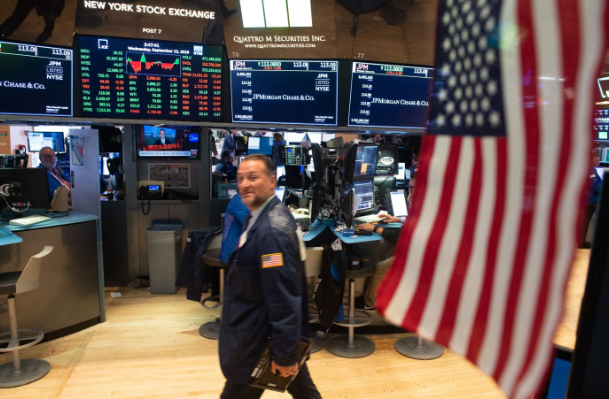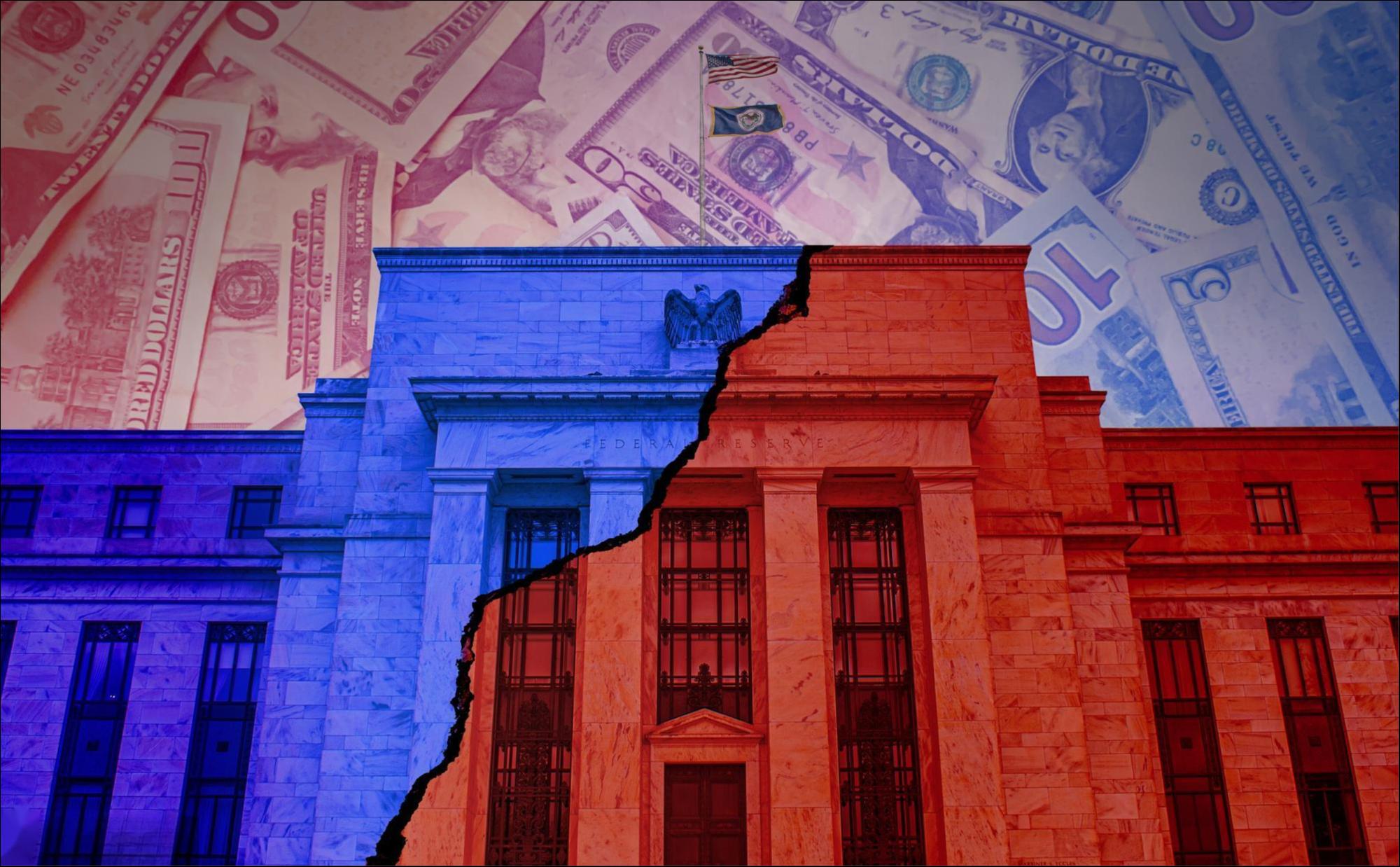
On July 7, 2025, the global financial market fell into turmoil again. The three major US stock index futures fell collectively, with Dow futures, S&P 500 futures and Nasdaq futures all showing a downward trend. At the same time, the US dollar index continued to weaken. Market analysts generally believe that this wave of market fluctuations is closely related to US President Donald Trump's renewed threat of escalating tariffs. A series of trade policy changes by the Trump administration are becoming a "Sword of Damocles" hanging over the global economy.
Trump has recently stated many times that he plans to unilaterally impose tariffs on major trading partners and threatens to double steel and aluminum tariffs from 25% to 50%. This policy shift directly caused market panic. On June 2, Trump announced a plan to double tariffs while visiting a US steel plant. On that day, US stocks rose sharply in pre-market steel and aluminum stocks, but the overall market was under pressure to fall, and the three major stock index futures fell together. The European Union immediately warned that if the tariff policy is implemented, it will take retaliatory tariff measures, and the trade negotiations between the two sides have reached a deadlock. Goldman Sachs even predicted that tariff escalation may affect the copper market and push up global commodity prices.
The erratic tariff policy is having a profound impact on the US economy. Fed Governor Waller once pointed out that short-term tariff shocks may push up prices, but if inflation is not out of control, he still supports interest rate cuts in the second half of the year. However, market concerns about continued deterioration of inflation have not dissipated. Crude oil prices have risen sharply due to the dual factors of the Russian-Ukrainian conflict and tariff expectations. WTI crude oil once exceeded $63 per barrel, further exacerbating imported inflation pressure. At the same time, rising corporate costs have forced manufacturers to stockpile inventory, construction activity has declined, and manufacturing growth has slowed. The Beige Book shows that input costs have risen in most jurisdictions, and companies are deeply worried about future policy uncertainties.
With the threat of tariffs, the US dollar index continues to weaken. Morgan Stanley expects the US dollar to continue to be weak in the next 12 months as US interest rates and economic growth converge with other economies. Hedge fund tycoon Paul Tudor Jones is more blunt that falling short-term interest rates will cause the US dollar to fall by 10% in the next year. Market funds flowed to safe-haven assets, currencies such as the yen, Swiss franc and euro strengthened, and gold regained its upward trend, becoming a tool to hedge inflation. In addition, the volatility of cryptocurrency concept stocks increased, reflecting the decline in investors' risk appetite.
Trump's tariff policy not only impacted the United States, but also triggered a chain reaction in the global market. EU Trade Commissioner Sefcovic warned that doubling tariffs could plunge the European economy into recession and prepare a retaliatory tariff list. Barclays Bank predicts that the US economy is close to the brink of recession. Historical data shows that in March 2025, Trump's remarks triggered "Black Monday", Tesla's stock price was halved, the Nasdaq plummeted 4%, and Chinese stocks fell collectively. This tariff threat once again triggered investors' concerns about the global economic slowdown, and capital risk aversion further spread.
The current market focus is on the progress of US-EU trade negotiations and the adjustment of the Federal Reserve's monetary policy. Trump's tough stance may force the EU to make concessions, but the results of the EU technical team's negotiations in the United States are still full of variables. If the tariff policy is implemented, the reconstruction of the global supply chain and the shrinking of corporate investment will become inevitable, further threatening economic recovery. At the same time, the Fed needs to find a balance between controlling inflation and avoiding recession. The market is paying close attention to the upcoming PMI data and Powell's speech to predict the interest rate path.
Trump's tariff threat is like a "double-edged sword". While protecting some US manufacturing industries, it is tearing the global trade system apart, pushing up inflation risks and weakening market confidence. The decline in stock index futures and the US dollar reflects investors' pessimistic expectations for the future economic outlook. In the context of policy uncertainty dominating market sentiment, safe-haven assets will continue to be a "safe haven" for funds, and the road to global economic recovery may be more rugged and long.

Recently, US Treasury Secretary Mnuchin publicly stated that the selection process for the next chair of the Federal Reserve has been initiated.
Recently, US Treasury Secretary Mnuchin publicly stated tha…
At the dawn of 2026, the United States launched a military …
From the stiff step when it first debuted in 2022 to demons…
"On the early morning of January3,2026, the United States l…
"We absolutely need Greenland," Trump's straightforward sta…
On January 3rd, the US Special Forces launched a surprise a…